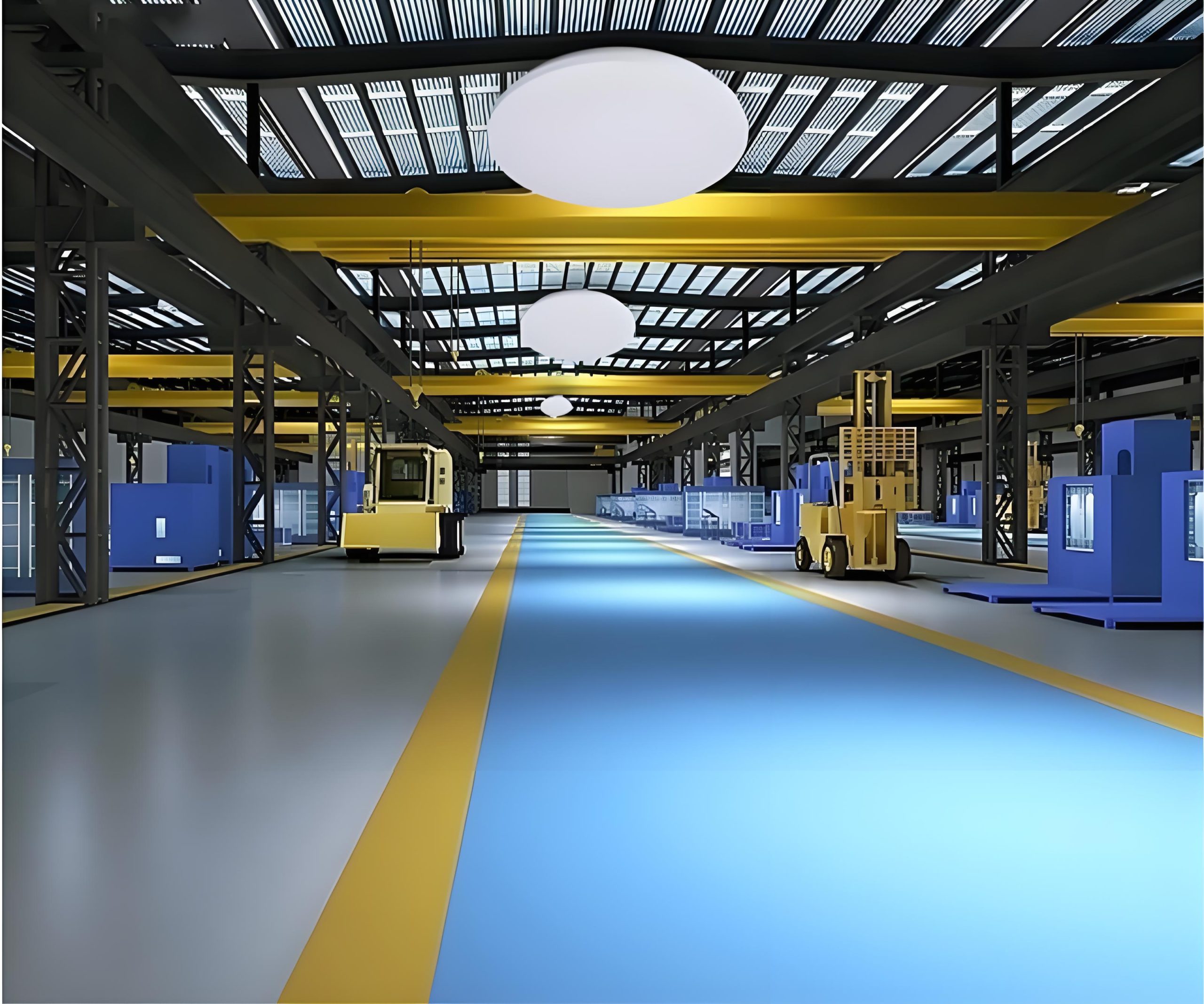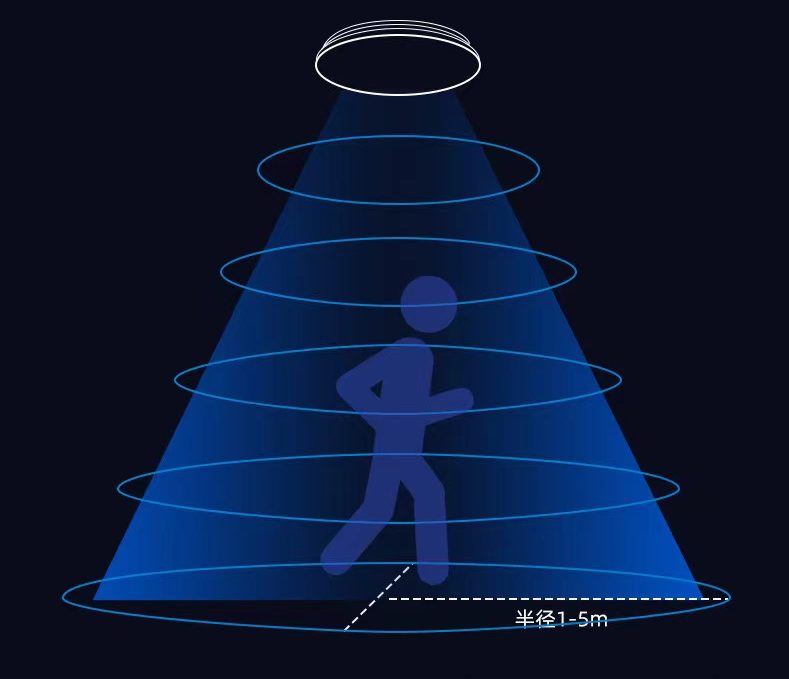What is an emergency light sensor?
As an indispensable part of modern security systems, emergency sensor light has a series of unique features and a wide range of application scenarios. The following is a detailed analysis of its features and applications:
Features
Automatic sensing and quick response:
Emergency sensor light has built-in sensors that can automatically sense changes in the surrounding environment, such as reduced light, increased smoke concentration or human activity, and respond quickly to provide necessary lighting or warning signals.
Emergency lighting function:
In the event of power outages or emergencies, the emergency sensor light can immediately switch to emergency mode to provide continuous and stable lighting to ensure the smooth evacuation and rescue of personnel.
Long life and low power consumption:
Adopting advanced LED technology and energy-saving design, the emergency sensor light has a long service life and low power consumption, reducing maintenance costs and energy consumption.
Sturdy and durable:
Usually made of sturdy materials such as aluminum silicon alloy die-casting, with fine surface treatment technology, it can withstand harsh environmental conditions such as high temperature, humidity, corrosion, etc.
Flexibility and customizability:
According to different application scenarios and needs, the emergency sensor light can provide a variety of installation methods, brightness and color options, as well as linkage functions with other intelligent systems.
Intelligent control: Some high-end emergency sensor lights integrate intelligent control technology, such as remote control through smartphone APP, timer switch, brightness adjustment and other functions, which improves the convenience and intelligence level of use.

Applications
Public buildings: In public places such as hospitals, schools, shopping malls, office buildings, etc., emergency sensor lights are widely used in corridors, stairwells, emergency exits and other key areas to ensure that people can be evacuated quickly in an emergency.
Industrial field: In industrial places such as factories and warehouses, emergency sensor lights can be used to ensure the normal operation of production facilities and personnel safety, especially to provide necessary lighting support in emergencies such as fires and power outages.
Residential and community: In residential areas, parking lots, community activity centers and other areas, the installation of emergency sensor lights can improve residents’ sense of security and quality of life, especially at night or in bad weather conditions.
Transportation: In transportation hubs such as airports, railway stations, and subway stations, emergency sensor lights are not only used for lighting, but also convey specific status or warning information through specific light colors and flashing modes, such as train arrival, emergency evacuation, etc.
Special environments:
In some special environments such as explosion-hazardous areas and underwater work sites, emergency sensor lights need to be designed and produced in accordance with special safety standards and specifications to ensure that they can still work normally under these extreme conditions.
In summary, emergency sensor light plays an increasingly important role in modern society with its unique characteristics and wide range of application scenarios. With the continuous advancement of technology and the continuous expansion of application scenarios, we have reason to believe that emergency sensor lights will play a more important role in the future and bring more convenience and safety to our lives.













